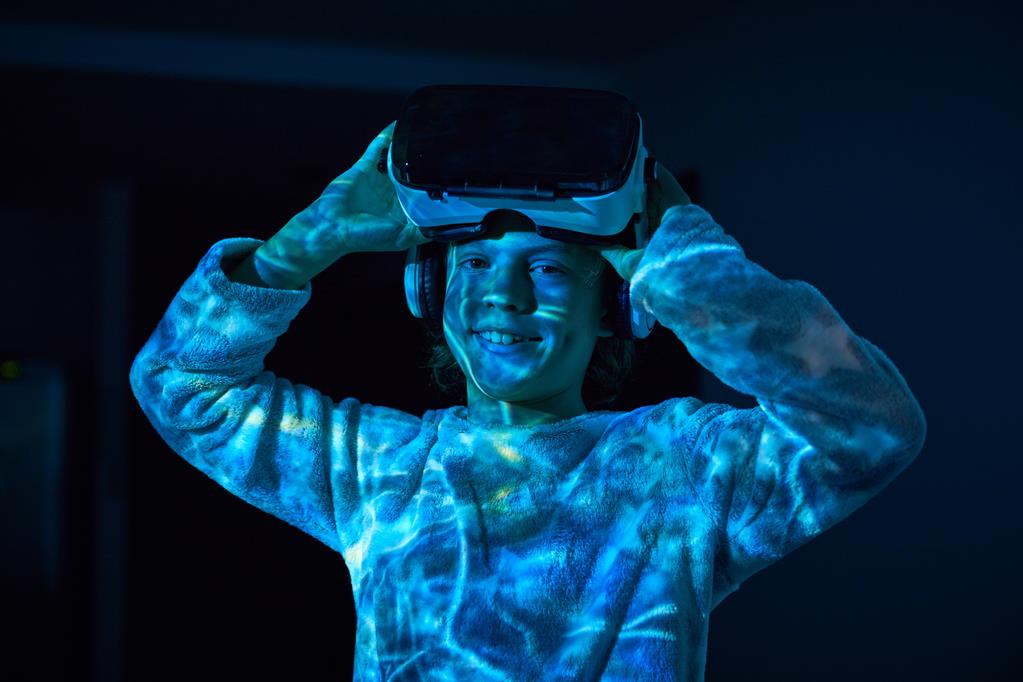Smart Technologies for a Memorable Tourist Experience in the 2020s

The 2020s have seen a surge in the implementation of innovative digital technologies in the tourism sector.
In an age where digitalization is no longer a trend but a reality, the extensive use of smart techs has become essential within the tourism industry.
These technologies empower tourists, making them more active, and raise their expectations in terms of experiences at a destination or a specific attraction.
Tourism destinations, attractions, and operators must manage this challenge by adopting and implementing smart infrastructures and technologies in their offerings.
By designing and creating attractive and memorable tourist experiences, they can ensure their continued success in an ever-evolving industry.
Smart tourism, as suggested by literature [Gretzel U. et al. 2016; Femenia-Serra F. et al., 2018], is a managerial framework that combines tourism infrastructure with ICT (Information and Communication Techs) tools to increase the efficiency of destinations and operators while enhancing tourists’ experiences.
The concept of smart technologies includes new forms of cooperation and technologies for value creation.
It’s important to note that being “smart” does not refer to the advancement of a single technology, but rather the interconnection and simultaneous collaboration of various technologies.
Smart technologies encompass a range of innovative techs, such as [Shen S. et al., 2020]:
- Internet of Things (IoT): a network capable of identifying, locating, tracking, monitoring, managing, and connecting products to the network for the exchange of information and communication through RFID, infrared sensors, GPS, laser scanning, and other types of sensors.
- Cloud computing technologies: these technologies have two meanings, 1. the platforms used to build applications (cloud platform), 2. The applications built on these platforms (cloud application).
- Artificial Intelligence (AI): technologies that use software and hardware to simulate intelligent human behavior, effectively compute and analyze data and information, and support decision-making and problem-solving. For example, virtual assistants.
- Mobile communication technologies: technologies used for wireless communication that enable real-time connection between remote systems and devices. 5G is the fifth generation of mobile communication technology, much faster and more reliable than the previous (4G). Soon we will have 6G, even faster.
- Mobile devices and apps: electronic devices, such as smartphones and tablets, and the technologies connected to them. Mobile internet includes various platform devices, such as smartphones, tablets, in-car systems, and wireless home automation systems. The mobile internet also includes personal and business apps.
- Big data: Big data is a term that describes the huge volume of structured and unstructured data flooding the network every day. Big data can be analyzed to gain insights that guide better decision-making for destinations and operators.
- Ubiquitous connection between Wi-Fi and other networks: a technology that allows electronic devices to connect to the wireless network of a local area, such as public city networks.
- Virtual reality: a form of information technology that enables users to navigate computer-generated simulated environments. VR is a computer-generated environment where people can experience places and situations as if they were actually present. For example, Virtual Tour or the more recent Metaverse.
- Augmented reality: an enhanced version of reality where people see the real world overlaid with digital information and elements through a digital display (smartphone or dedicated headset). AR enriches people’s perception of reality and enhances their visiting experience through additional digital content.
- Intelligent Chat Robot: a robot capable of understanding and conversing with users using human language.
- Wearable devices: portable devices that can be worn directly or integrated into users’ clothing or accessories. For example, smartwatches.
- Beacon technology: beacons are small wireless transmitters that use low-energy Bluetooth to send signals to other smart devices nearby. They allow for great precision in localization and enable proximity marketing.
These innovations are transforming the way tourists interact with their surroundings, enhancing their experiences and allowing operators to cater to their needs more effectively.
By embracing these smart technologies, the tourism industry can ensure its continued growth and success in the 2020s and beyond.
Bibliography.
- [Femenia-Serra, F. et al., 2018] Femenia-Serra, F.; Neuhofer, B. Smart tourism experiences: Conceptualization, key dimensions and research agenda. J. Reg. Res. 2018, 42, 129–150.
- [Gretzel, U. et al., 2016] Gretzel, U.; Zhong, L.; Koo, C. Application of smart tourism to cities. Int. J. Tour. Cit. 2016, 2, 106–108.
- [Rossi A., 2022] Rossi Andrea, “Comunicazione Digltale per il Turismo”, Rossi A., 2022, ISBN 9791221004175
- [Shiwei Shen Scene S. et al, 2020] Shiwei Shen Scene S., Marios Sotiriadis and Yuwen Zhang “The Influence of Smart Technologies on Customer Journey in Tourist Attractions within the Smart Tourism Management Framework”, Sustainability 2020, 12, 4157
Credits: picture by DegrooteStock
#Travel; #Tourism; #Tech; #Technology; #DigitalTourism; #Destination Marketing; #Destination Management; #Experience; #ExperienceManagement; #ExperienceDesign
